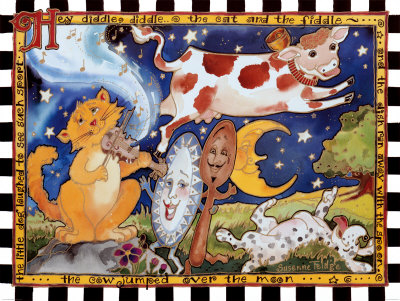Schizophrenia is a mental disorder that makes it hard to:
- Tell the difference between what is real and not real
- Think clearly
- Have normal emotional responses
- Act normally in social situations
Causes, incidence, and risk factors
Schizophrenia affects both men and women equally. It usually begins in the teen years or young adulthood, but it may begin later in life. It tends to begin later in women, and is more mild.
Schizophrenia symptoms usually develop slowly over months or years. Sometimes you may have many symptoms, and at other times you may only have a few symptoms.
People with any type of schizophrenia may have trouble keeping friends and working. They may also have problems with anxiety, depression, and suicidal thoughts or behaviors.
At first, you may have the following symptoms:
- Irritable or tense feeling
- Trouble concentrating
- Trouble sleeping
As the illness continues, you may have problems with thinking, emotions, and behavior, including:
- Bizarre behaviors
- Hearing or seeing things that are not there (hallucinations)
- Isolation
- Lack of emotion (flat affect)
- Problems paying attention
- Strongly held beliefs that are not real (delusions)
- Thoughts that "jump" between different topics (“loose associations”)
Symptoms depend on the type of schizophrenia you have.
Paranoid schizophrenia symptoms may include:
- Anxiety
- Anger or arguing
- False beliefs that others are trying to harm you or your loved ones
Disorganized schizophrenia symptoms may include:
- Childlike behavior
- Problems thinking and explaining your ideas clearly
- Showing little emotion
During an episode of schizophrenia, you may need to stay in the hospital for safety reasons.
Medications
Antipsychotic medications are the most effective treatment for schizophrenia. They change the balance of chemicals in the brain and can help control symptoms.
These medications are usually helpful, but they can cause side effects. Many side effects can be managed, and they should not prevent you from seeking treatment for this serious condition.
Common side effects from antipsychotics may include:
- Dizziness
- Feelings of restlessness or "jitters"
- Sleepiness (sedation)
- Slowed movements
- Tremor
- Weight gain
Long-term use of antipsychotic medications may increase your risk for a movement disorder called tardive dyskinesia. This condition causes repeated movements that you cannot control, especially around the mouth. Call your health care provider right away if you think you may have this condition.
When schizophrenia does not improve with several antipsychotics, the medication clozapine can be helpful. Clozapine is the most effective medication for reducing schizophrenia symptoms, but it also tends to cause more side effects than other antipsychotics.
Schizophrenia is a life-long illness. Most people with this condition need to stay on antipsychotic medication for life.
Support Programs and Therapies
Supportive therapy may be helpful for many people with schizophrenia. Behavioral techniques, such as social skills training, can be used to improve social and work functioning. Job training and relationship-building classes are important.
Family members of a person with schizophrenia should be educated about the disease and offered support. Programs that offer outreach and community support services can help people who lack family and social support.
Family members and caregivers are often encouraged to help people with schizophrenia stay with their treatment.
It is important that the person with schizophrenia learns how to:
- Take medications correctly and manage side effects
- Notice the early signs of a relapse and what to do if symptoms return
- Cope with symptoms that occur even while taking medication (a therapist can help)
- Manage money
- Use public transportation
| Famous People and Schizophrenia | |
| There are relatively few famous people with schizophrenia because schizophrenia is a brain disorder that typically strikes people when they are quite young - age 17 to 28. People this age typically are too young to be famous, they are just starting out their professional lives after completing high school or college. A recent Nobel Laureate in Economics, John Forbes Nash Jr., has a lifetime history of Schizophrenia but is now doing very well, as has been well documented in the book "A Beautiful Mind" and the academy award-winning movie of the same name. Many "historical diagnoses" are frequently not entirely certain -- a "good guess" for schizophrenia includes Mary Todd Lincoln, wife of President Abraham Lincoln. Following is a list of famous people who have been diagnosed with schizophrenia, or are highly suspected of suffering (or who had suffered) from schizophrenia.
|

































